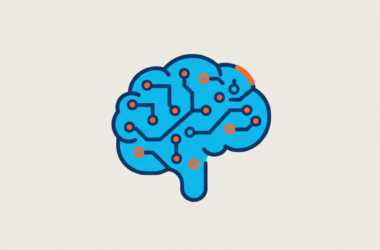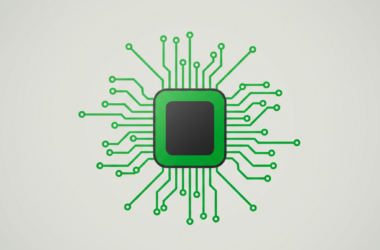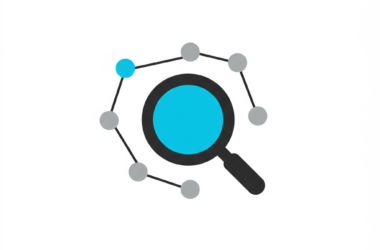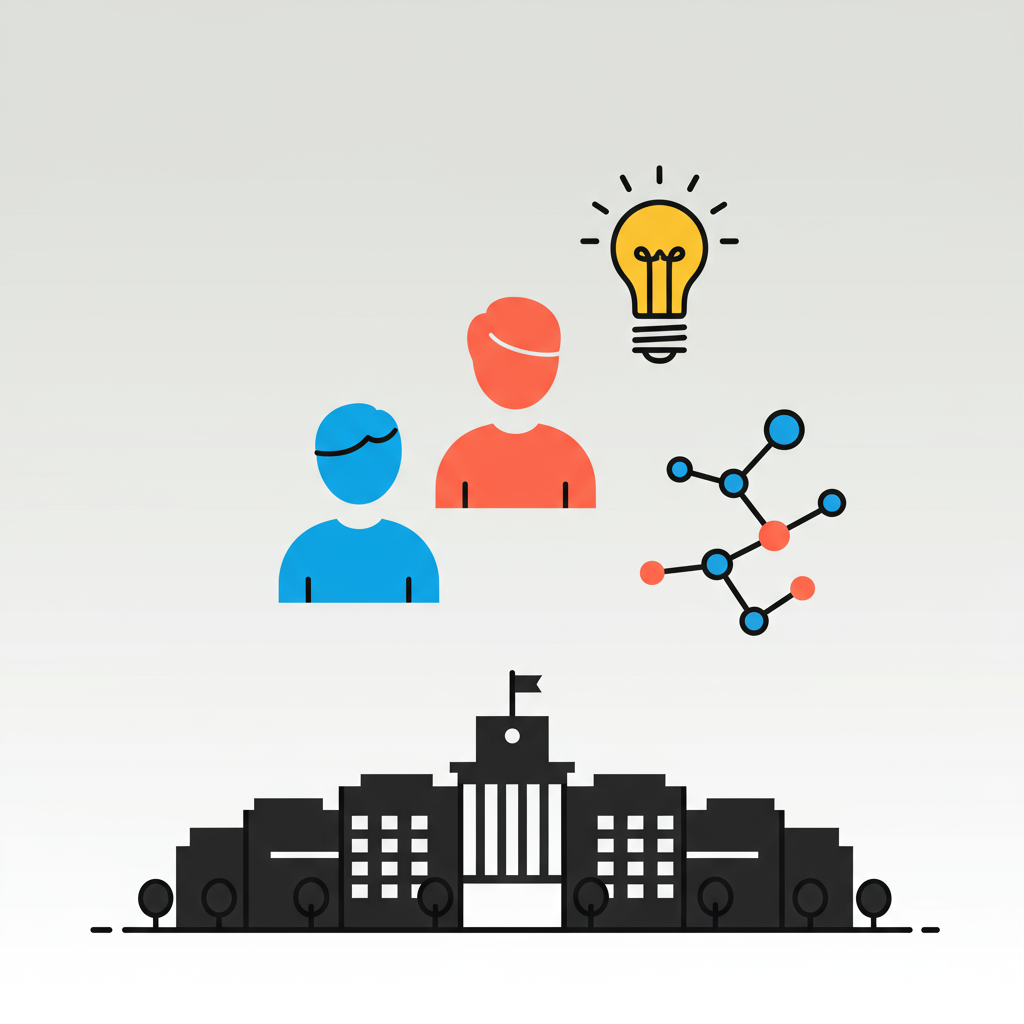
A recent report investigates how university students are increasingly incorporating AI systems as integral academic tools. Traditionally viewed as specialized research aids, these systems have evolved into everyday partners in education, prompting important reflections on learning, assessment, and the development of critical cognitive skills. This study offers one of the first large-scale analyses of AI use in higher education, based on one million anonymized conversations conducted through the Claude platform.
The report highlights several key findings:
- Students in science, technology, engineering, and mathematics (STEM) fields, and particularly those studying Computer Science, adopt AI tools at a higher rate than other disciplines. Despite representing a small share of overall degree holders, Computer Science students contribute a disproportionately large number of interactions.
- Researchers identified four distinct interaction patterns between students and AI systems. These include the direct pursuit of solutions or output and collaborative engagement, with each style comprising roughly a quarter of the observed conversations.
- Students frequently use AI both to create educational content—such as practice questions, essay drafts, and study guides—and to provide technical support, for example, debugging code or explaining complex theoretical concepts. This dual use aligns with higher-order cognitive skills as classified by Bloom’s Taxonomy, yet it also raises concerns about students potentially offloading critical thinking tasks to AI.
To safeguard user privacy while examining these interactions, the study employed an automated analysis tool known as Clio. Clio distills user-generated conversations into high-level summaries such as “troubleshoot code” or “explain economic concepts” while stripping away personal information. The tool analyzed conversations originating from accounts associated with higher education email addresses, filtering out interactions to focus on those relevant to academic work.
The detailed breakdown in the report reveals that:
- Nearly 40% of interactions involve creating or improving educational content, with another third focused on technical explanations and problem-solving in assignments.
- A significant minority of conversations are dedicated to data analysis and visualization, research design, creating technical diagrams, and language translation or proofreading.
An illustrative diagram (see below) presents common student requests across key subject areas, emphasizing the diversity in academic inquiries:
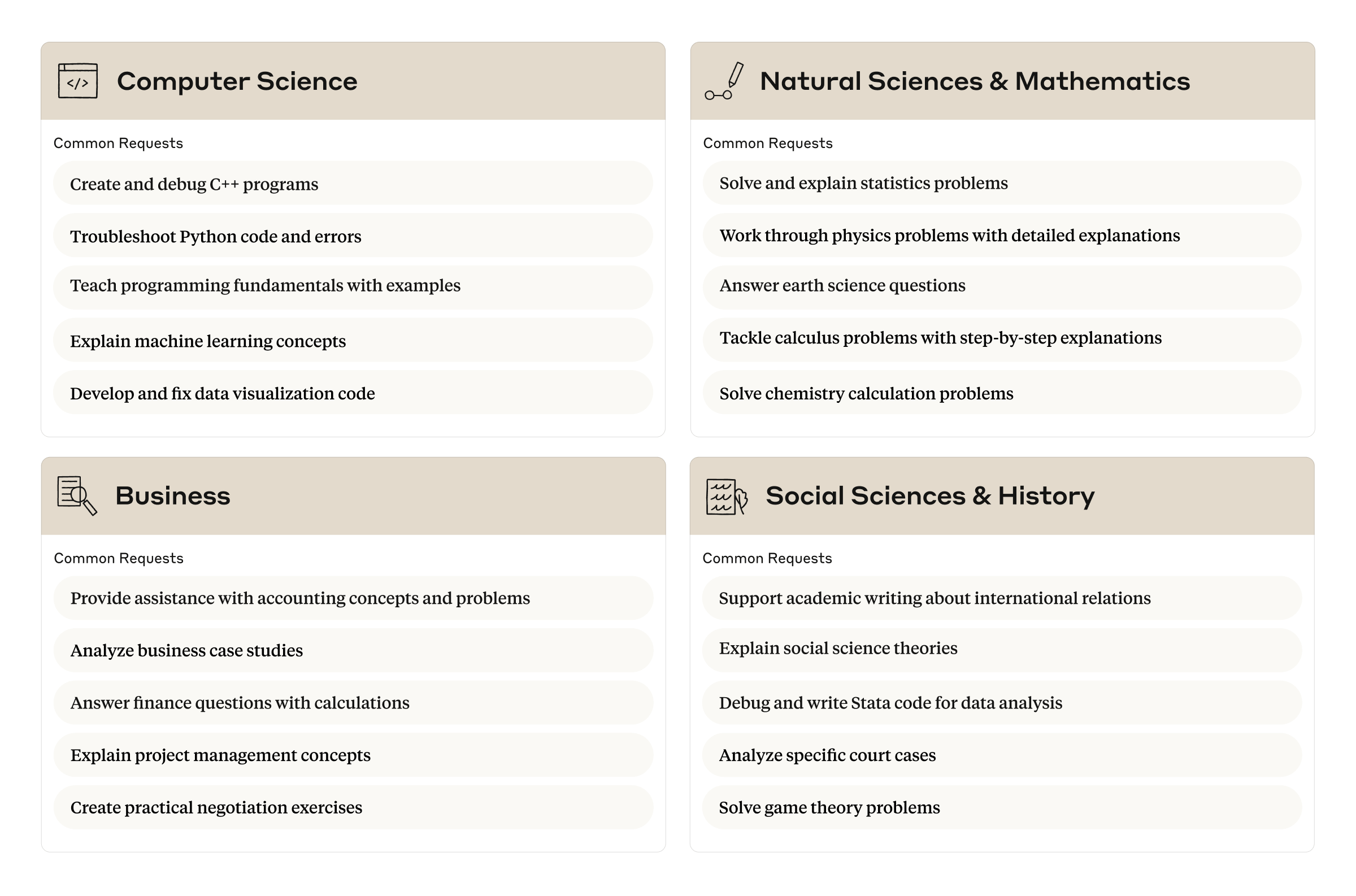
The study also compares AI usage patterns with academic degree distributions in the United States. For example, while Computer Science represents only a small fraction of degrees awarded, it accounts for nearly 39% of AI interactions. In contrast, conversations related to Business, Health Professions, and Humanities appear less frequently relative to student enrollment in those fields. This suggests that students in STEM disciplines may be early adopters of AI, a trend possibly influenced by the specialized capabilities of the Claude system in tasks like computer coding.
Further insights are provided through a taxonomy of student-AI interactions, which categorizes engagement along two axes: the mode of interaction (direct versus collaborative) and the desired outcome (problem solving versus output creation). The classification reveals that:
- Direct interactions, where students seek immediate answers, and collaborative exchanges, where dialogue shapes the outcome, occur in similar proportions.
- Examples of effective AI-supported learning include clarifications of philosophical theories, the creation of in-depth chemistry study materials, and detailed anatomical explanations for academic assignments.
However, the report does not ignore the challenges that arise with such widespread adoption. One significant issue is the potential for academic dishonesty. Although many direct interactions serve legitimate educational purposes, some clearly facilitate shortcut approaches—such as providing answers for multiple-choice tests or rewriting texts to bypass plagiarism detection. Even collaborations that involve extended dialogues may sometimes undercut the development of essential problem-solving skills, raising broader concerns about academic integrity and the cultivation of critical thinking.
Subject-specific patterns further illustrate the range of AI applications across disciplines:
- Natural Sciences and Mathematics interactions often lean toward step-by-step problem solving.
- Students in Computer Science and Engineering tend to engage in more collaborative dialogue, while those in Humanities, Business, and Health exhibit a balanced mix of direct and collaborative methods.
- The Education field shows a strong preference for output creation, possibly hinting that teachers, in addition to students, are utilizing these tools to develop comprehensive lesson plans and teaching materials.
Another important aspect of the study is its examination of cognitive task delegation, analyzed through the lens of Bloom’s Taxonomy. The findings reveal that AI systems like Claude tend to perform higher-order cognitive functions—primarily creating and analyzing content—while lower-order tasks such as remembering and understanding occur less frequently. This shift has both promising and concerning implications. While AI can assist students in generating complex outputs, there exists a risk that over-reliance on these systems might impede the development of foundational skills necessary for independent critical thinking.
The researchers acknowledge several limitations inherent in the study. These include the likelihood that the dataset reflects early adopters rather than the broader student population, a restricted analysis window, and potential inaccuracies in classifying conversations by academic discipline or interaction type. Additionally, the application of Bloom’s Taxonomy to AI responses, rather than to human thought processes, introduces an element of imperfection in the analysis.
Despite these challenges, the report offers a valuable perspective on the current and potential impact of AI in educational contexts. It raises fundamental questions about how to maintain academic rigor and integrity as AI systems become more adept at mimicking complex cognitive processes, and it calls for ongoing research and dialogue among educators, administrators, and policymakers.
The report also notes collaborative efforts with academic institutions to better understand AI’s role in education. In one initiative, a new Learning Mode has been introduced that emphasizes Socratic questioning and conceptual understanding over direct answer provision. These partnerships are seen as crucial for developing informed strategies and policies as AI continues to reshape the educational landscape.
Additional discussion points of interest include real-world success stories, such as a student’s innovative project in nuclear fusion and improvements in classroom communication methodologies, which can be explored further at Business Insider and ScienceDirect.
Overall, the findings provide a comprehensive snapshot of how AI is being integrated into academic workflows and highlight the urgent need to balance technology’s benefits with the preservation of core educational values and skills.
Another diagram illustrates the classification of student-AI conversations based on interaction patterns derived from the study:

A subsequent diagram compares the distribution of academic subjects in AI conversations to the corresponding proportions of U.S. college majors. This visual comparison underlines the disparity in AI use between different fields:
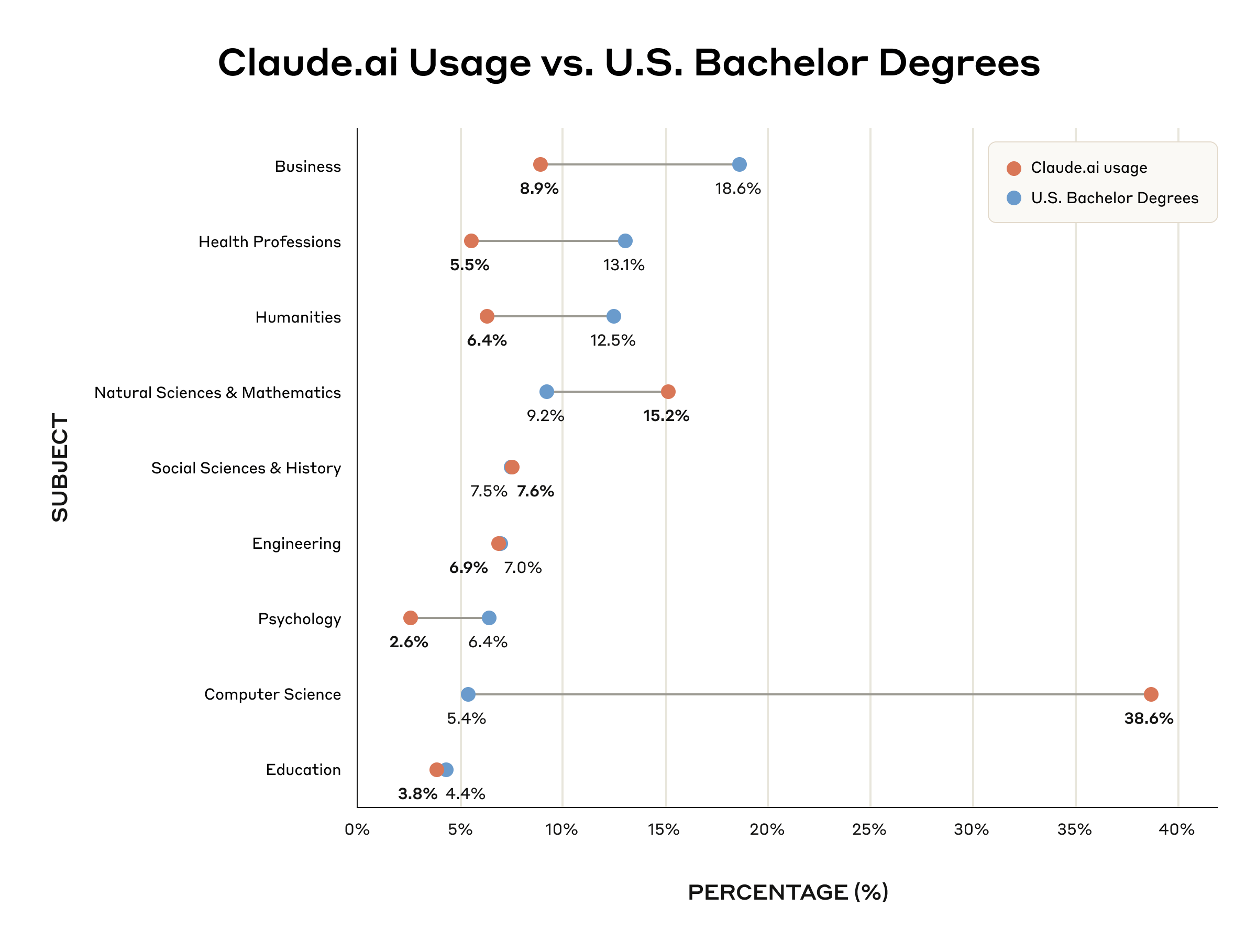
Furthermore, a diagram mapping the distribution of interaction styles across different subjects reinforces the varied roles that AI plays depending on academic focus:
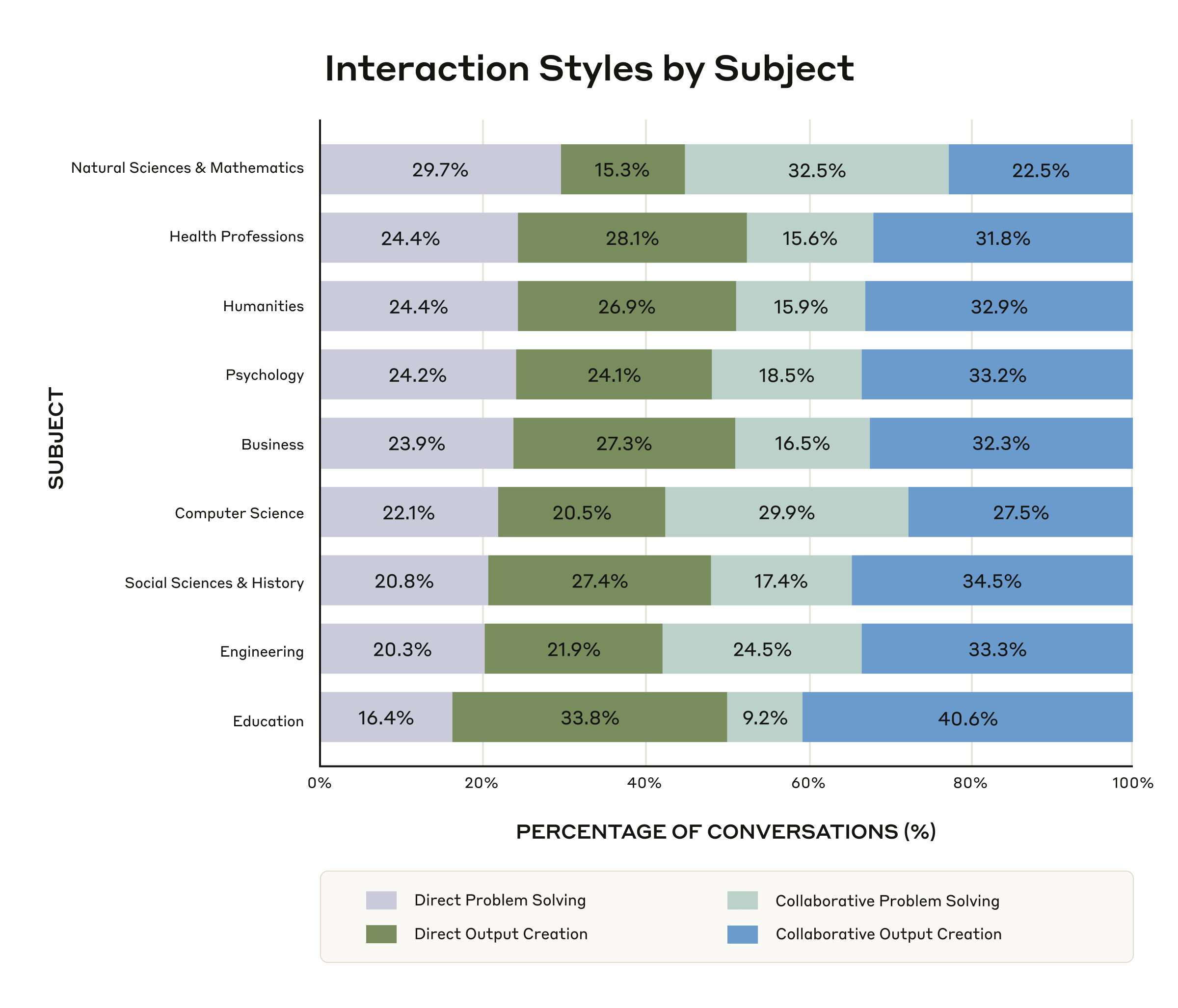
Finally, an analysis of cognitive tasks delegated to AI—framed using Bloom’s Taxonomy—demonstrates that tasks involving creation and analysis dominate AI interactions, while functions related to remembering are notably scarce:
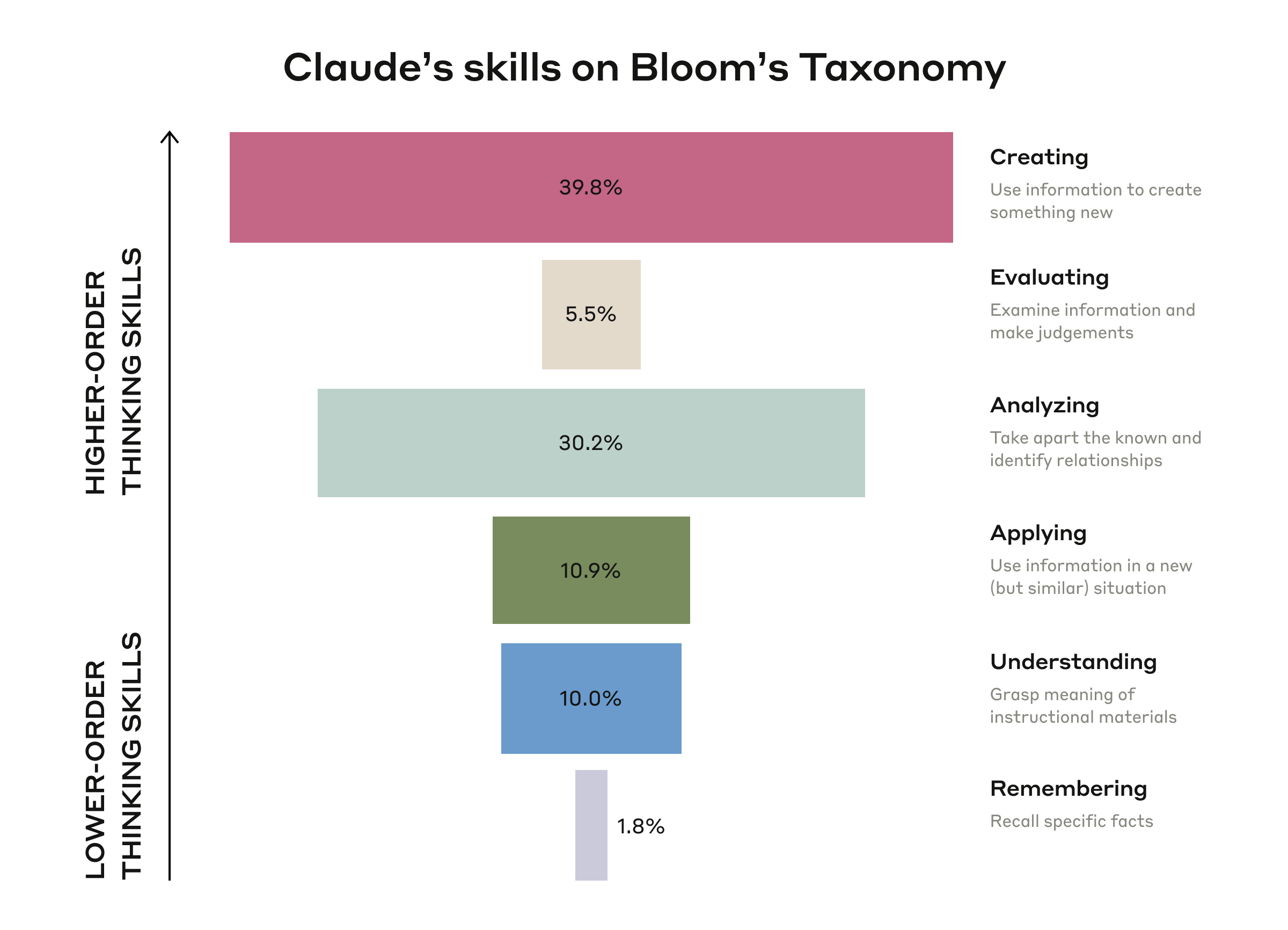
In summary, the report offers valuable insights into the evolving role of AI in education. It highlights both the empowering and challenging aspects of these technologies, calling for continued investigation into their long-term effects on learning and academic integrity. The discussion initiates broader considerations about revising assessment and cheating policies, ensuring that as AI becomes more capable, foundational cognitive skills are not neglected.
For those interested in learning more about ongoing efforts to better integrate AI into academic environments, additional resources and partnerships can be explored on Anthropic’s education initiative page.
Image credit: Newsroom \ Anthropic



